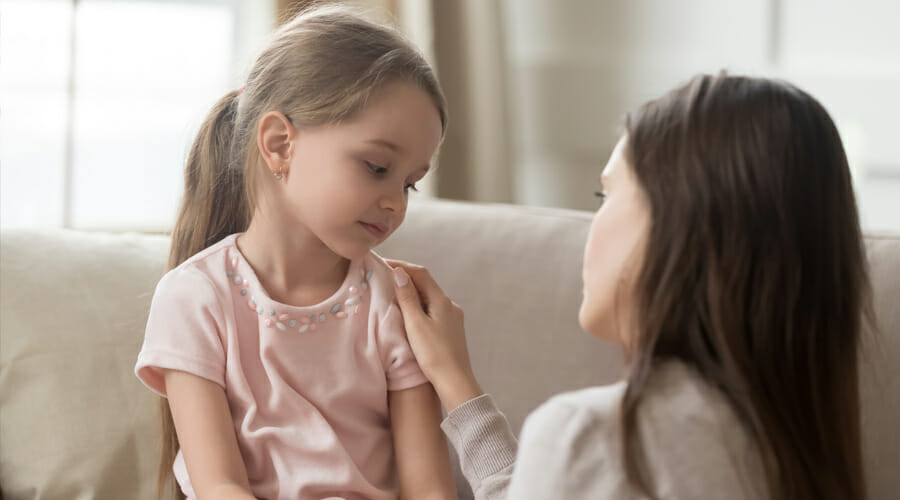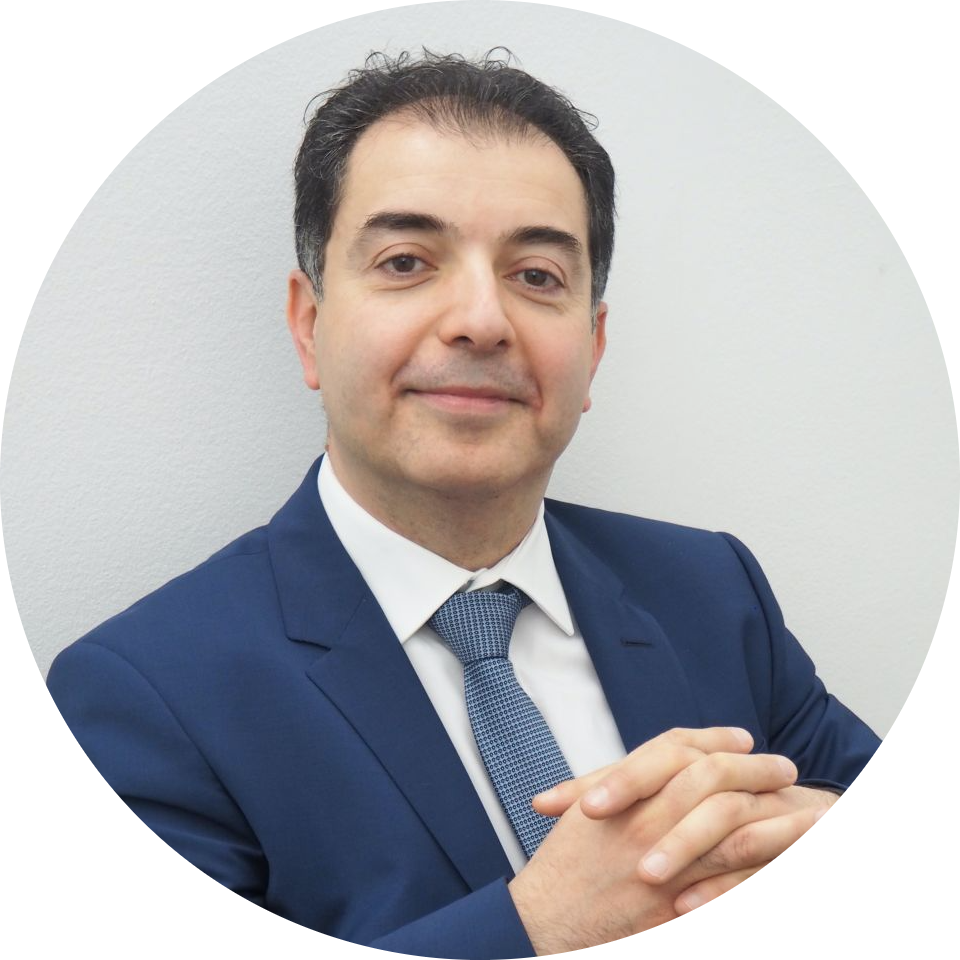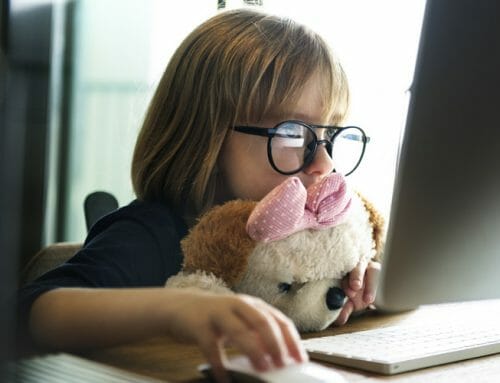
Amblyopia Diagnosis In Children
Studies show that 25% of school-aged kids and 5-10% of preschoolers have vision problems. Timely identification of a child’s eye problem is crucial because children are more responsive to treatment when eye problems are diagnosed early. Core competencies like near vision, eye movement and hand-eye coordination in children are related to good eyesight in kids.
Infants, for example, should have their comprehensive eye examinations when they are six months of age. Additional eye exams at an eye clinic in Harley Street or elsewhere should be conducted when they are three years of age and before they turn six. When a doctor suspects eye problems during such physical examinations, he may refer your child to a specialist for further evaluation.
The most common eye problem in children is amblyopia, also known as the lazy eye; a condition where the eye and the brain don’t work together. Kids who have the condition tend to develop good vision in one eye and a poor one in the other. Sadly, most children don’t mention the problem to their guardians and get used to the problem for years. The solution may be as easy as visiting an eye clinic in London for routine check-ups where the doctor can diagnose the condition early. Early diagnosis and treatment are important as Amblyopia may lead to permanent loss of vision.
Amblyopia in children
Amlyopia is an eye condition that causes reduced vision in children. Loss of vision occurs when the nerve pathways between the eye and the brain aren’t properly aligned. Therefore, the brain gets accustomed to viewing blurred images with the amblyopic eye even when glasses are introduced. If diagnosed early, for example, during preschool years, the child responds well to treatment. However if identified later, say in children aged 8-10 years, amblyopia becomes much harder to treat.
Initially, some eye clinicians thought that treatment was relatively ineffective after the age of six or seven while others believed the upper age limit for active treatment to be 9-10 years. After the National Eye Institute conducted a pilot study in 2003, they found that 27% of 66 kids aged 10-17 years who suffered from amblyopia improved the vision in the affected eye. Simple screening tests like covering and uncovering a child’s eye when watching television should tell you if a child has any eye problems. However, it should not substitute a comprehensive eye examination.
Sources:
- Amblyopia, National Eye Institute
- Amblyopia, KidsHealth.org

About the expert
Mr Hamada | Consultant Ophthalmologist and Corneal Surgeon
MD, MSc, DO (hons), FRCSEd, FRCOphth I am Samer, founder and consultant ophthalmic surgeon with over 20 years’ experience in ophthalmology. I am a world-renowned specialist in cornea, cataract and refractive surgery. I’m not only a leading surgeon but also the only dual fellowship trained in corneal diseases in children from reputable institutions in the UK. At Eye Clinic London I work closely with other consultant ophthalmologists, optometrists and orthoptists to achieve the best outcomes for our patients. Our main aim is to make sure our patients get the safest and best treatments available to them. We put your safety before anything else so you can rest assured that if you choose us you will be in the best and safest hands.



